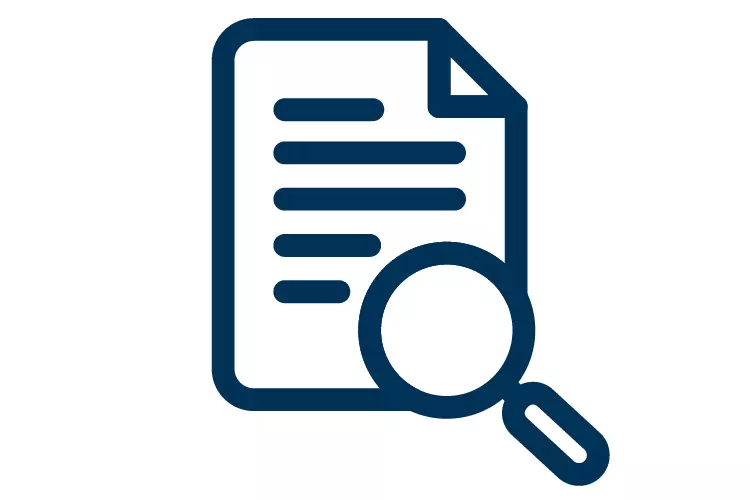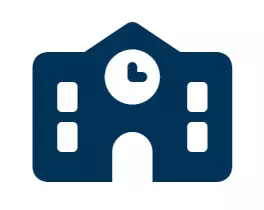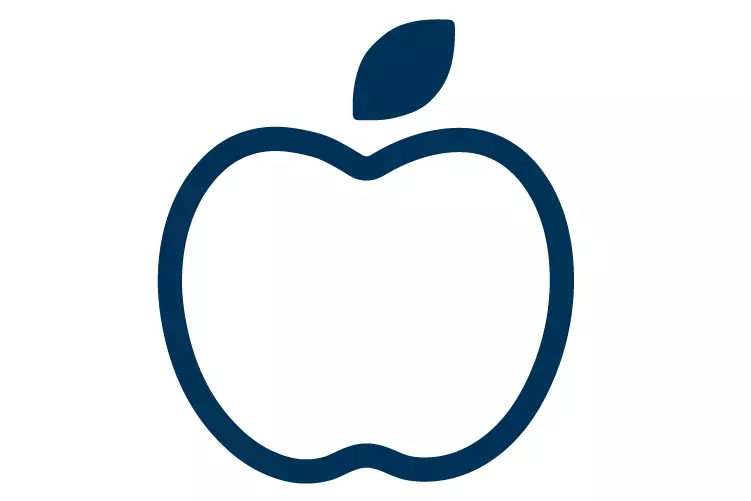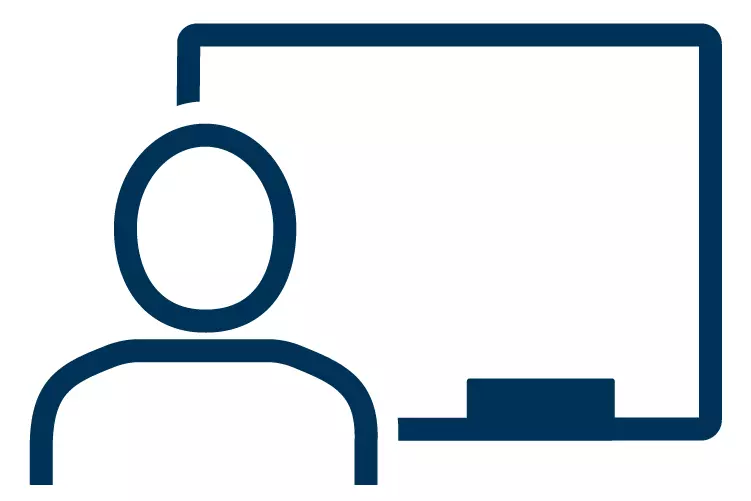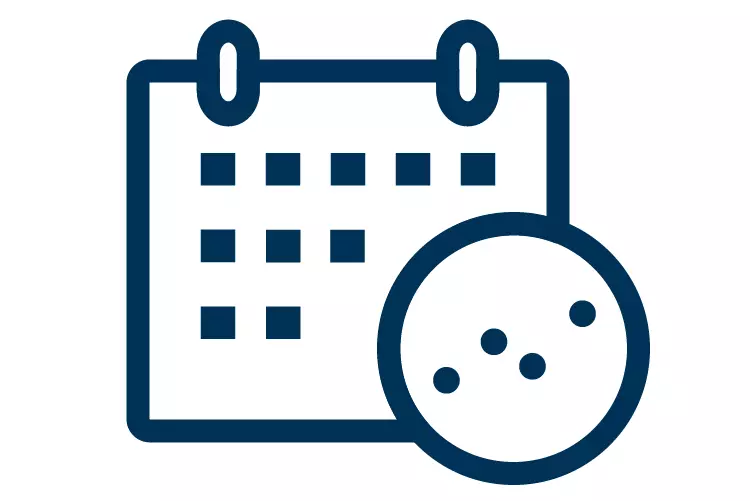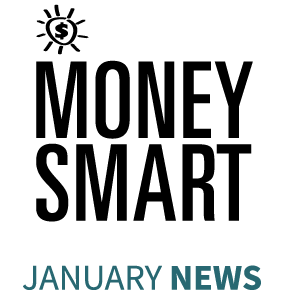
In This Issue
- January Monthly Message from the FDIC
- Money Smart and Bankable Moments
- Success Stories
- Latest FDIC Consumer News Edition
- Tips and Techniques
January Monthly Message from the FDIC
January is National Mentoring Month. The FDIC recognizes the importance of mentoring, especially for youth and young adults as they begin their financial journeys. Money Smart is a resource that helps mentors bring financial education to their communities. You can find Money Smart curriculum here. You can also mentor Money Smart through our game How Money Smart Are You?
In January, show us Money Smart in action on social media using the #FDICMoneySmart!
Money Smart and Bankable Moments
As a new year begins, we turn our attention to consumers and bank accounts. Having a traditional deposit account with an FDIC-insured financial institution can offer a number of benefits not available outside the banking system — like the security that comes with knowing your insured deposits are protected should that institution fail. Banking with an insured institution also provides consumers greater confidence in the availability of legal protections, including timely availability of funds and protections against unauthorized transactions. Here are several top reasons to open a bank account.
How do we get people into bank accounts? By using bankable moments. Bankable moments are those instances that present a consumer an opportunity to open a bank account - moments like getting a tax refund, a paycheck from a first job, a college loan payout, or even birthday money.
As you teach Money Smart this year, consider bankable moments. You can use the following Money Smart resources to help consumers in those bankable moments.
Money Smart News for Kids: Our new product with a packet of nine chapters. It introduces basic banking terms to children, who are perhaps just beginning to learn about finances. Each chapter builds upon the next and introduces two characters who try out different financial concepts along the way.
Money Smart for Young People: Pre-K – 2: Saving and Spending; Grades 3-5: Savings; Grades 6-8: Save and Invest; Grades 9 – 12: Save and Invest and Choosing a Banking Partner
Money Smart for Young Adults: Bank On It and Your Spending and Savings Plan
Money Smart for Adults: You Can Bank On It, Your Spending and Savings Plan, and Your Savings
Money Smart for Small Business: Banking Services
How Money Smart Are You?: Your Savings and Spending Plan and Your Savings
To help prepare your participants for bankable moments, consider hosting a Reality Fair - a simulation of adult financial life that provides participants with an interactive experience making real world financial decisions and managing money. Participants experience what it is like to have an account at a financial institution, decide how to use their money, obtain a loan, manage debt, and more.
Whichever Money Smart program you teach this year, keep bankable moments in mind. If you have an innovative way to engage your participants during bankable moments, let us know at MoneySmartNews@fdic.gov. We would be happy to feature your business in an upcoming Money Smart Newsletter.
Success Stories
“I am a huge fan of Money Smart!” said Anna Frank, Financial Education Program Coordinator of First Commonwealth Bank.
Anna annually works with 60-75 bankers in 150 banks throughout Pennsylvania and Ohio to help them teach Money Smart. “One of the great things about Money Smart is that it is all there, ready to go. You don’t have to rely on experience to use it.”
Anna’s bankers teach all of the Money Smart curricula. A homeschool co-op just reached out to the bank to teach a six-week program for students in all grades from kindergarten through high school. “When we do events like the schools, we reach out to the teachers to see what has already been covered. Time is short and you don’t want to teach something they have already spent a lot of time on and arrive at the end of class wishing you had covered something else.”
When bankers from First Commonwealth Bank teach Money Smart, they talk about the importance of saving money. The bank invites attendees to open club accounts, which can include a monthly or quarterly built-in savings goal. “It is important that students understand that a bank account can lead to other financial products.”
First Commonwealth Bank partners with a non-profits, too. “This not only gives you a built-in audience, but it also establishes a bit of trust. Consumers may think a bank is trying to sell products when teaching about money, but by teaming up with a non-profit, consumers can see that the program is about education.”
“Getting consumers in the arms of a caring banker is life changing!” said Anna Frank. “Money Smart helps us do that.”
First Commonwealth Bank is a Money Smart Alliance Member. If you would like to learn more about the Money Smart Alliance, please click here.
Latest FDIC Consumer News Edition
The January 2024 edition of the FDIC Consumer News is titled “Starting Small Can Lead to Big Savings” It describes simple strategies for gradually building small savings into large sums. Read the full article here.
Tips and Techniques
When teaching bankable moments, you may want to use concrete examples. For older students, you could split the class into groups and see how many bankable moments they can list. For younger students, introducing putting their birthday money or allowance money in the bank can be the bankable moment. For any students, taking a field trip to a bank can help them consider banking some of their money.


